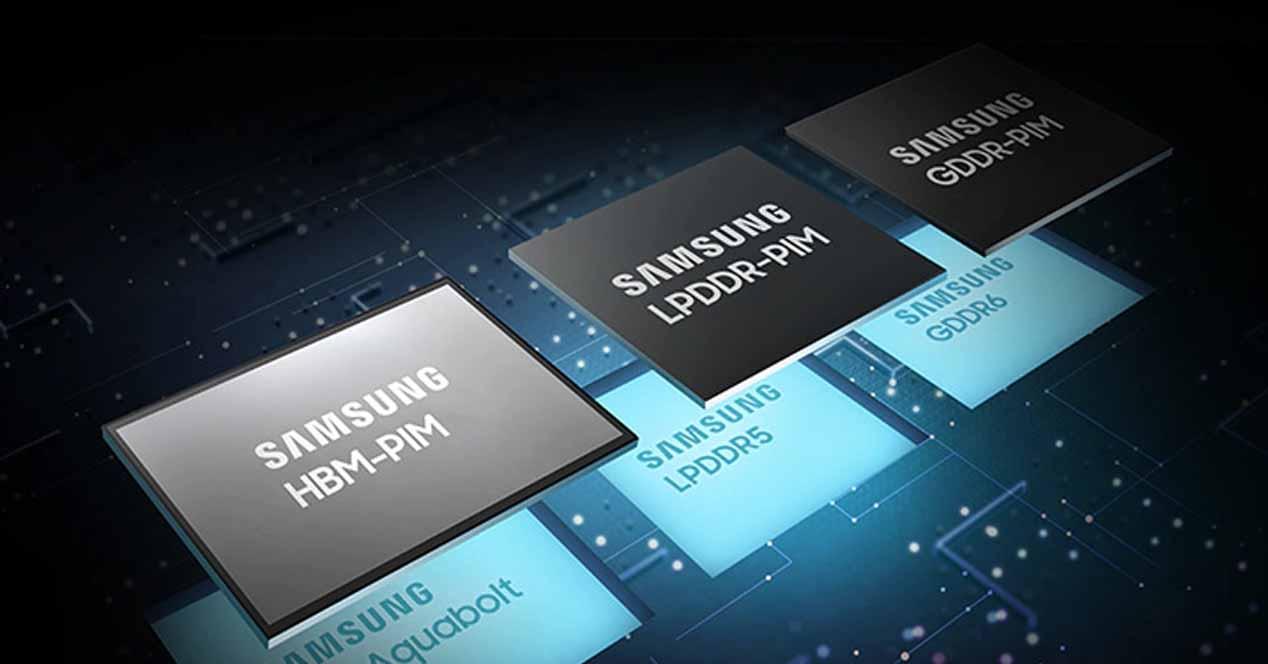Miniaturizing the components is essential in order to be able to increase the densities, because if you reduce the components, you can put more of them occupying the same space; However, manufacturers realized that they could no longer extend their chips horizontally, so they opted to do so vertically by adding more and more interconnected layers in what they called 3D NAND memory, or V. -NAND in the case of Samsung.
How many layers can NAND memory have?
Samsung has already announced that it was mass-manufacturing the first SSDs with 176-layer NAND chips using the smallest NAND memory cells in the industry, but according to the manufacturer it is still far from its capacity and especially its projection. for the future. because they have confirmed that they already have working chips with more than 200 layers and aspire to reach 1000 layers very soon.
The problem with the vertical expansion of chip components is that, by stacking layer after layer, the chip grows vertically; In doing so, the layers placed in the lower area are literally further and further away from the Cooling systems (the heatsink, without going any further), so these will heat considerably more than the upper layers. Some manufacturers are already aware of this and are designing cooling systems that literally go through chips with carbon nanotubes, but in the end it is a solution that is also limiting in terms of the number of layers that it is able to cool.
If Samsung is already talking about 1000-layer NAND chips, we are convinced that they have also already designed their cooling system and data transmission between layers, but between these “holes” to cool the layers and the “holes” of the channels. of data. transmission between layers, the component density of each layer is also reduced, thereby reducing the density and capacity of the chips.
As of yet, Samsung hasn’t revealed more information on how they plan to get so many layers in their memory chips, and although it won’t take too long to find out that the 1000-layer figure makes us think and draw several conclusions, such as that they realized that this will be precisely the limit to which a chip can grow vertically with current technology, or maybe it’s just the mid-term goal they set themselves because reaching a thousand layers would mean, of course, one more milestone when the competition (SK Hynix) talks about 600 layers “nothing more”.
In any case, what we have more than clear is that there is a physical limit in which chips can continue to grow with vertical layers, and when Samsung finally announces the technology that will make them reach 1000 layers. , we will surely leave doubts on the question of the extent of this limit.










